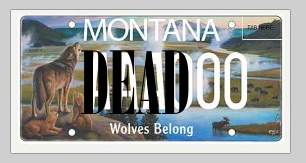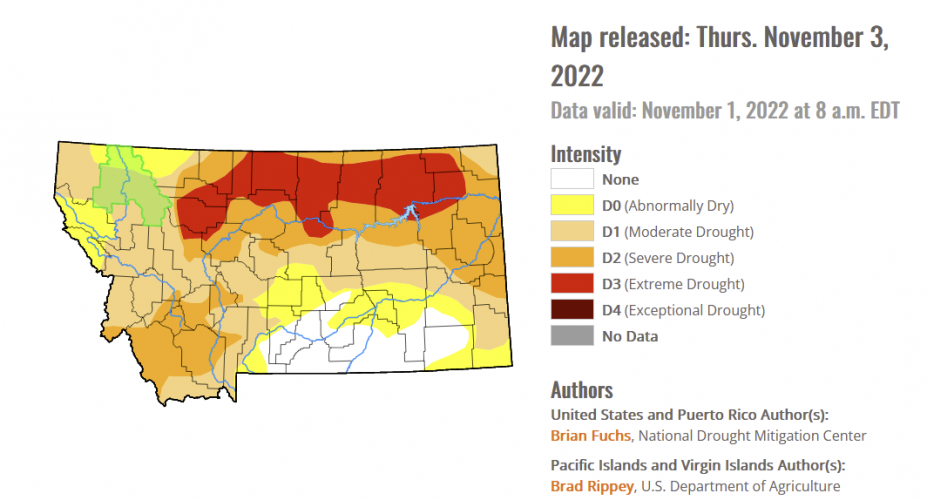Frequently Banned Troll
Well-known member
I know. I opted to avoid the 6 label and got the Don’t Tread on Me plates. 1st BHA plates I saw a few years back was a guy I saw trespassing on private - fuggin BHA rats..I was being facetious. Everyone hates on someone and plate numbers make it easy.






